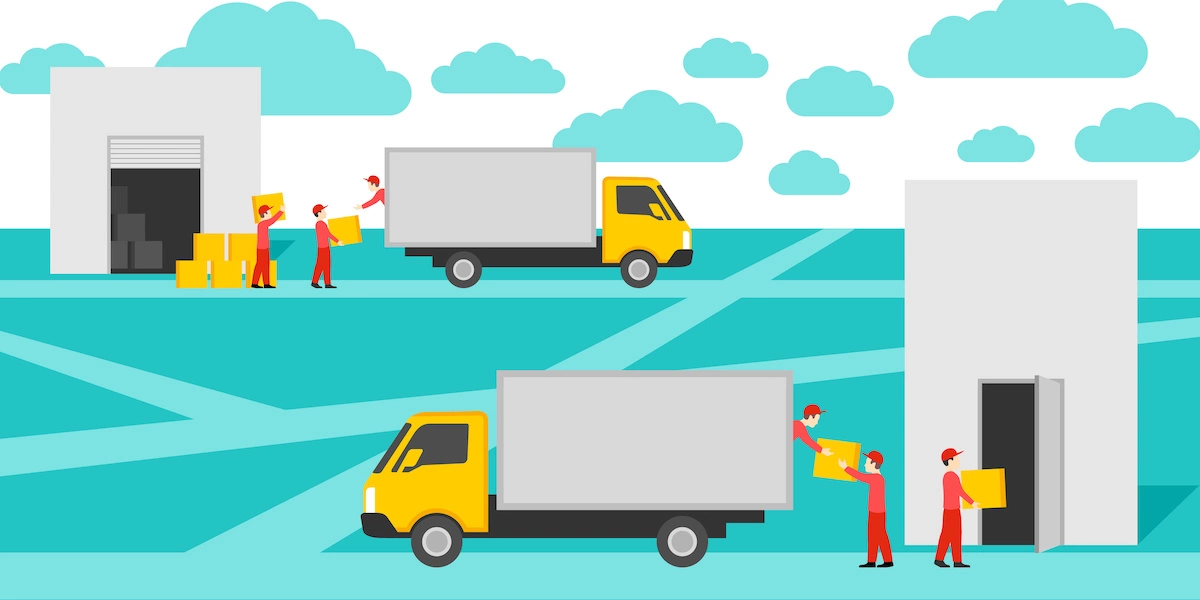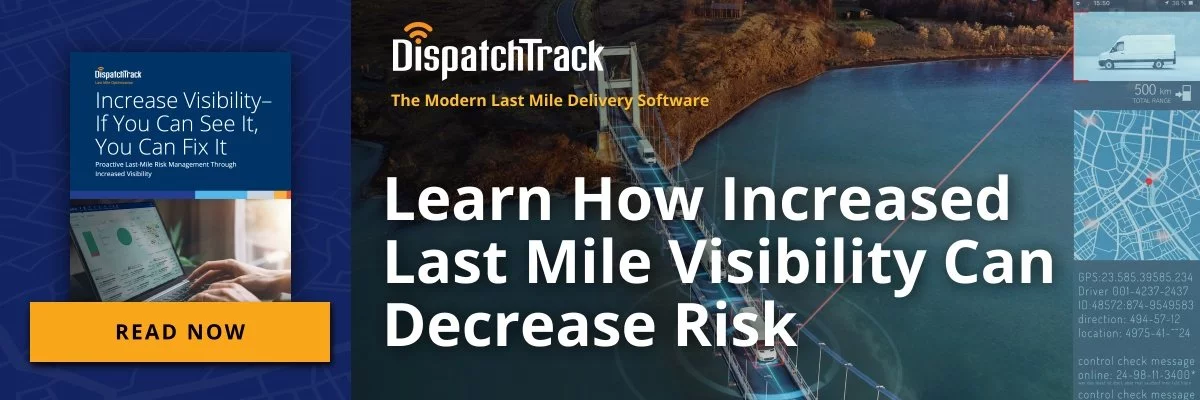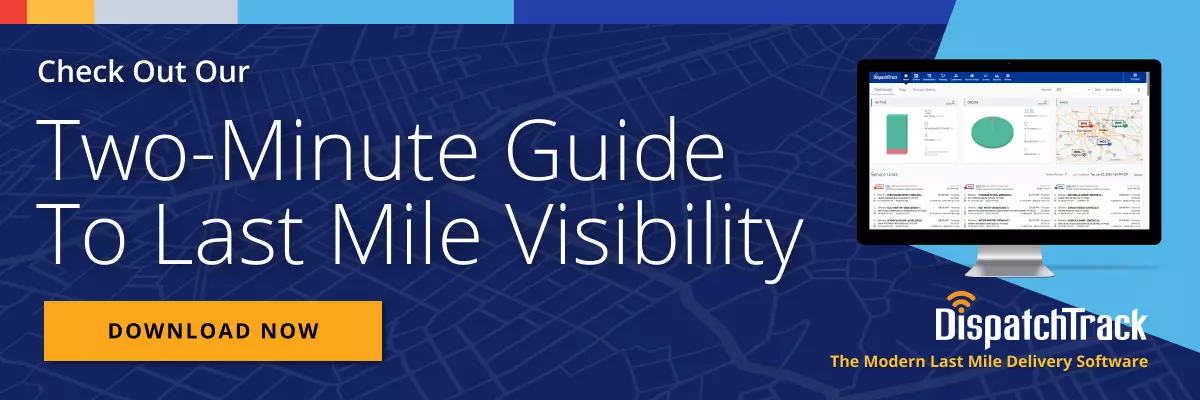To say that the world is still feeling the effects of the massive disruptions of the COVID-19 pandemic is a huge understatement. The supply chain disruptions—to say nothing of the disruptions to our everyday lives—that defined 2020 cascaded into the ongoing supply chain anxieties of 2021 and 2022. At the same time, global crises like the one in Ukraine pushed fuel prices up and destabilized costs across different sectors.

For truckers and last mile operators, the past few years have been particularly challenging. The threat of contracting the coronavirus changed the way consumers shopped for good. Retailers who once made more profits through their brick and mortar stores all of a sudden had to deliver more online orders than they were used to, and those deliveries had to be carried out with new rules and restrictions.
The supply chain and logistics industry in particular had to adapt significantly to deal with changing conditions in 2022, just as it had done in 2020 and 2021. Looming issues like labor shortages and supply chain disruptions were all accelerated and had to be met head on, but new technological standards and the adoption of things like AI and machine learning in the last mile were accelerated as well.
Driver shortages, increasing order volumes, and lingering challenges brought by the pandemic all served as great wake-up calls for shippers and carriers the last few years, with businesses looking closely at their workflows and processes and evaluating how to improve their operations.
Of course, it’s hard to know the best path forward when things are still in flux. How do you evaluate business models and invest in new technologies when no one knows what’s coming down the pike? How do you undertake a digital transformation when you can hardly keep up with new challenges and increasing consumer demands?
There’s no one-size-fits-all approach, but there is one thing that’s going to be a crucial investment for everyone in the logistics space going forward: visibility. Last mile visibility is key to improving delivery times, responding appropriately and quickly to the unexpected, and satisfying consumer demands. These have always been necessities, but in 2023 they’re going to be more important than ever.
Understanding Last Mile Visibility
Enterprises need full visibility across the supply chain, especially in the last mile. Visibility allows fleet managers and dispatchers to make well-informed decisions when the unplanned or unexpected happens. It also provides fleet operators and managers deeper insights regarding their fleets’ and drivers’ performance.
The ability to track drivers and vehicles in real time enables fleet managers and dispatchers to make necessary adjustments given the drivers’ location, customers’ needs, and current assignments. If a customer calls wondering where an order is, last mile visibility gives you the ability to quickly and easily answer their question and make changes to the route in question as needed. Without this ability, it’s impossible to deliver the kinds of elevated delivery experiences that customers have come to expect.
Here’s a full rundown of how you can benefit from end-to-end visibility on the last mile:
Better control for fleet managers
Drivers will always encounter unexpected events on the day of delivery. Fleet managers may not have control over these occurrences or situations, but full visibility lets them manage situations proactively. With easily accessible insights into driver locations, order priorities, and customer needs, you can make the right choices more quickly.
Fewer manual tasks for drivers
Ensuring end-to-end visibility requires automating processes. This means drivers do away with manual procedures and interventions such as getting paper dispatches and making frequent check-ins with dispatchers who want to know their location. Doing away with manual processes allows drivers to concentrate on the job at hand and work to maximize their daily capacity.
Improved asset and resource management
If you add telematics integration into the mix, visibility also enables fleet operators and managers to more easily track driver hours, fuel consumption, and driving behavior (e.g. idling, harsh braking, cornering, etc.). This puts you in a position to be proactive about the health of your delivery assets (which can be scheduled for proactive maintenance) and the safety of your drivers (who can receive personalized training based on their driving behaviors).
Improved route optimization
Though visibility is increasingly important in the modern last mile, it’s still only one (crucial) piece of the puzzle. Having transparency is just the first step in optimizing the last mile operations. When combined with automated scheduling and route optimization, visibility enables companies to do even more with their current resources and assets.
With increasing order volumes, you might be in a position to consider buying more vehicles to scale your operations. But if you can see driver locations and statuses in real-time, you can power dynamic route optimization that boosts efficiency even after a day’s route has already been started—e.g. by pulling in orders from the next day when you’re running ahead of schedule. This is just one example, but it suggests the ways in which these two elements can go hand in hand.
Creating a single source of truth
Having end-to-end transparency in the last mile offers a single version of the truth among all stakeholders. This means fleet managers, dispatchers, drivers, and even customers are well aware of the delivery status, truck and order location, and details of delivery. This means that there are no situations where dispatchers and customer service teams are saying completely different things to the customer, and it’s easy to see what worked and what didn’t after the day’s deliveries are over. As you can imagine, this has a huge impact on the efficiency of the last mile.
Full visibility also helps businesses satisfy customers’ demand of tracking their packages on their own. They no longer have to call customer support just to know what time their orders will arrive.
Evaluating last mile operations to improve both visibility and automation is crucial in ensuring that operations run smoothly. As many enterprises realized during the pandemic, a lack of visibility prevents you from pivoting quickly when needed. Without visibility, it’s hard for fleet operators and managers to make informed choices. In the end, businesses that can achieve improved fleet transparency can reduce friction, improve operational efficiency, and most of all, allow for better management of the unexpected. It’s never been more obvious just how important that can be.

